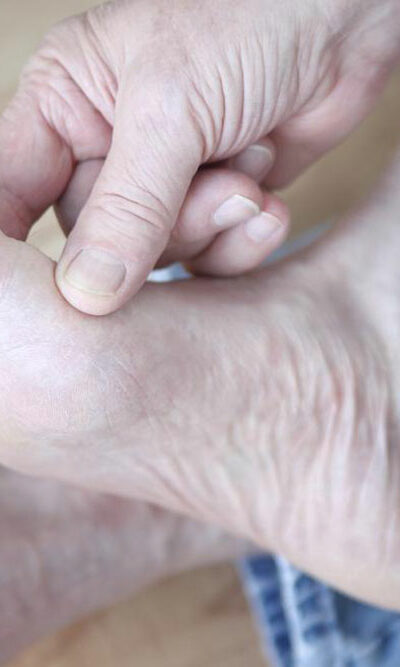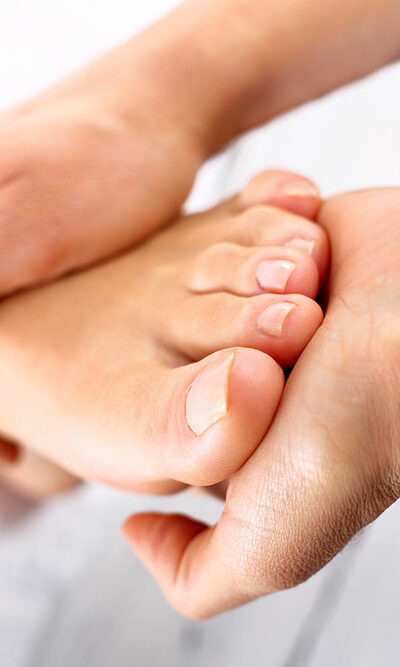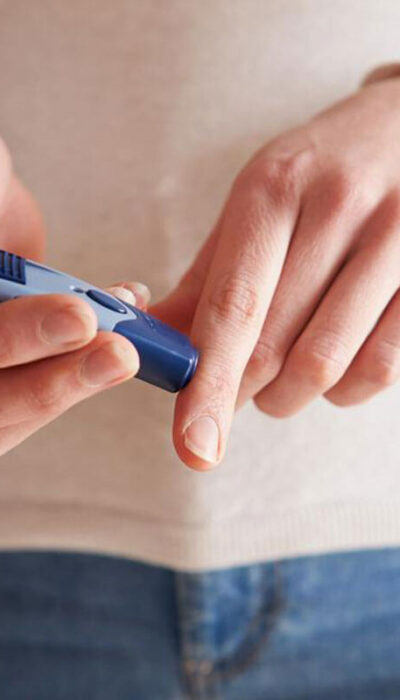
7 Natural Remedies for Hernia Pain Relief
A hernia is a painful medical condition. It is the result of bulging tissues or viscera that move away from their natural position and push through weak and open areas of the muscles. This results in swollen pockets and extreme pain. A hernia can be deadly in certain cases. It affects millions of people in the country itself. The condition commonly affects the abdomen but can also take place in the belly button, upper thigh and groin regions. Medical attention is strongly recommended when it comes to seeking a cure for the disease. There are a number of natural remedies which aid in hernia pain relief as well. They reduce the risk of the onset of the disease and help as a whole. Here are a few of the best natural remedies for a hernia! Performing pull-up exercises is a great way to prevent spinal diseases. It is a very simple exercise which stretches the vertebrae and releases pressure on the nerves. This enhances blood circulation in the joints. You can perform this exercise at home and it is one of the best natural ways to provide for hernia pain relief. Workout twice a day in sets of 5. Each set should take 10-15 seconds. Avoid exercising too much as it can worsen your condition and increase the pain. Slowing down spinal degeneration is one of the most effective treatment methods for spinal disc herniation. The spine does not have the firmness it once had when it is degraded. The pressure on the spinal disk is suppressed completely and this leads to the onset of the disease. Add certain food items to your diet to restore cartilage joints and bones under the cartilage. This slows down the degeneration process and reduces pain. Eat tomatoes, cereals, soy, fish, meat, tubular bone, fresh milk, bananas green vegetables and fruits.










